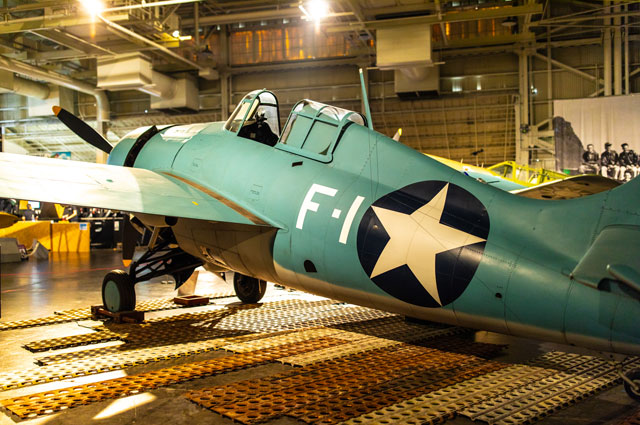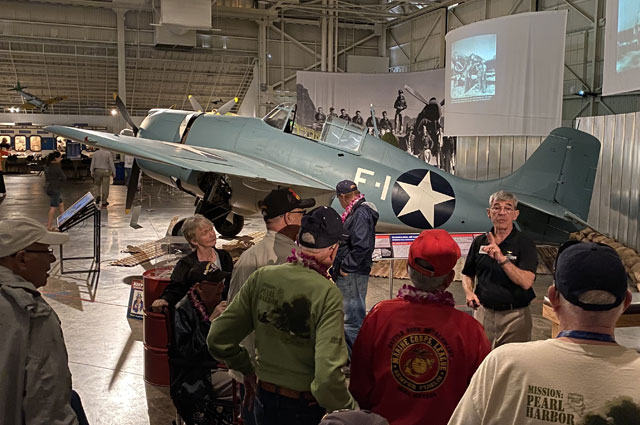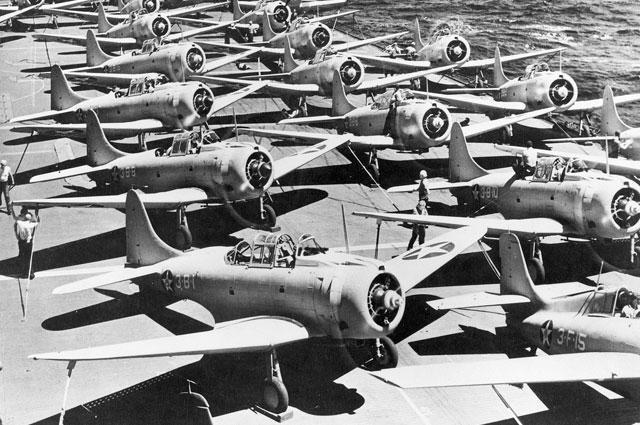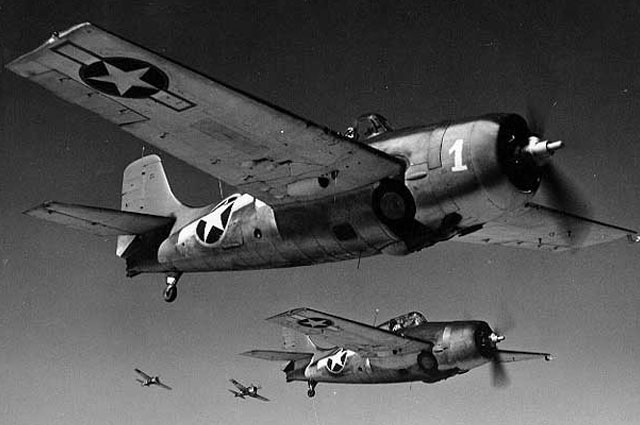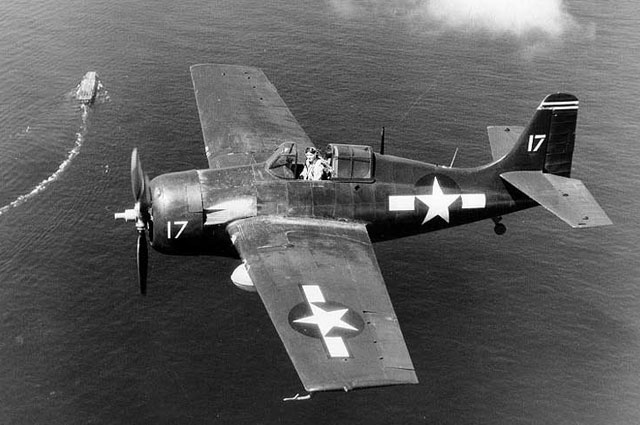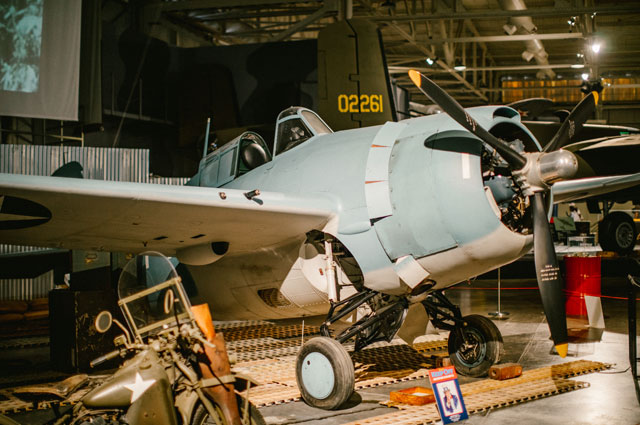
Grumman F4F-3 Wildcat (Fighter)
Snapshot
- Nickname:
- Peanut Special (British)
- Number Built:
- 7,885
- Make:
- Grumman
- Mission:
- Fighter
- Location:
- ハンガー37
Background
From September 3 to November 4, 1942, the “Cactus Air Force” – nicknamed for the code name for Guadalcanal—claimed 263 aerial victories and inflicted heavy damage on at least an equal number of Japanese aircraft. The Cactus Air Force defended Guadalcanal flying Grumman F4F-3 Wildcats like the one displayed in the museum exhibit.
The Grumman F4F-3 Wildcat was the only U.S. Navy fighter to serve throughout WWII. The aircraft was more durable under fire compared to its counterpart, the Mitsubishi Zero, thanks to the addition of armor for the pilot and the engine. Six 50-caliber wing-mounted machine guns provided the firepower. Self-sealing fuel tanks made the aircraft more resistant to small arms and machine gun fire.
The lighter, faster, and more agile Zero could out-climb and out-maneuver the Wildcat. To stay alive in air-to-air combat, Cactus pilots continuously refined their strategies and techniques, relying on teamwork and accurate marksmanship.
Wildcat pilots developed the Thach Weave tactic to their advantage. First used during the Battle of Midway, the Thach Weave partnered two formations of two Wildcats turning and weaving towards each other. Two Wildcats lured Zeros to attack on their “six” while two Wildcats approached the attacking Zeros head-on, engaging with 50 mm machine guns. The book Shattered Sword explains the Thach Weave in detail.
Our Wildcat is painted with original 1943 markings. George Hahn flew this Wildcat from the training carrier Sable, during carrier training on Lake Michigan. The aircraft experienced mechanical difficulties forcing Hahn to ditch in the lake. The Wildcat remained under 220 feet of water until 1991 when it was recovered. The tanks still contained gas and oil, one tire was still inflated, and the pilot’s oxygen bottle measured 1800 pounds of pressure.
After four years of restoration, our Wildcat flew its first post-restoration flight in June 1995. It is one of two remaining aircraft of its type.
Specs
- Contractor
- Grumman
- Deployment Date
- First flight on 2 September 1937
- Span
- 38 feet
- Length
- 28 feet, 9 inches
- Height
- 11 feet, 10 inches
- Weight
- 7,000 lbs
- Max. Speed
- 331 MPH
- Service Ceiling
- 39,500 feet
- Range
- 845 miles
- Crew
- 1 Pilot






